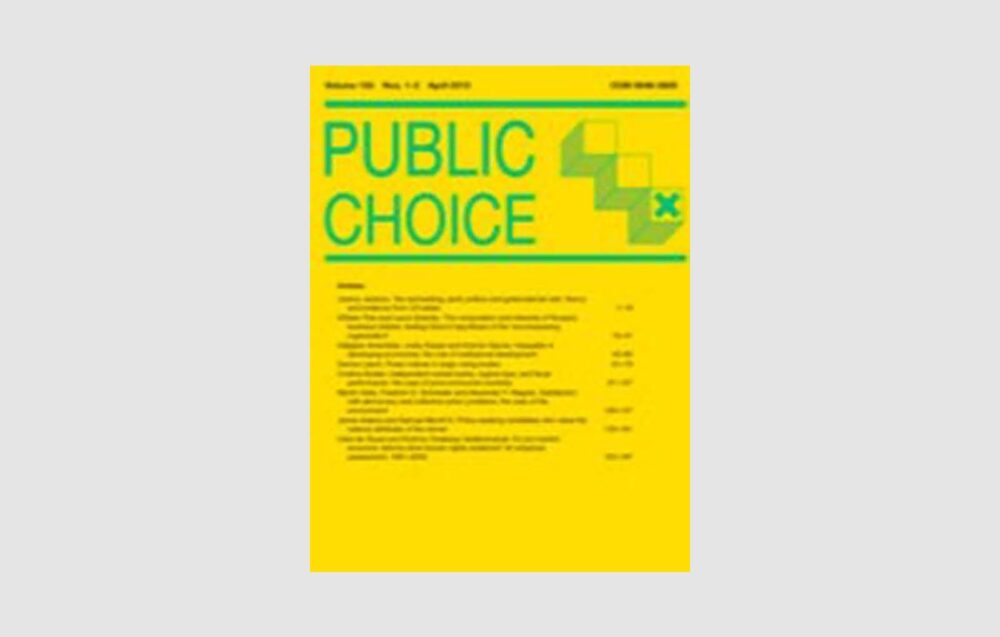This paper studies the different patterns of political selection in majoritarian versus proportional systems. Political parties choose the mix of high and low quality candidates. In doing so, parties face a trade-off between increasing the probability of winning the election and appointing low quality but loyal candidates. In majoritarian elections, the share of high quality politicians depends on the distribution of competitive versus safe (single-member) districts. This is not the case under proportional representation, where politicians’ selection is determined by the number of swing voters in the entire electorate. We show that, when the share of competitive districts increases, the majoritarian system comes to dominate the proportional system in selecting high quality politicians. However, when the share of competitive districts becomes large enough, a non-linearity arises: the marginal (positive) effect of adding high quality politicians on the probability of winning the election is reduced, and proportional systems dominate even highly competitive majoritarian systems.
Political Selection under Alternative Electoral Rules
Joint with Vincenzo Galasso
